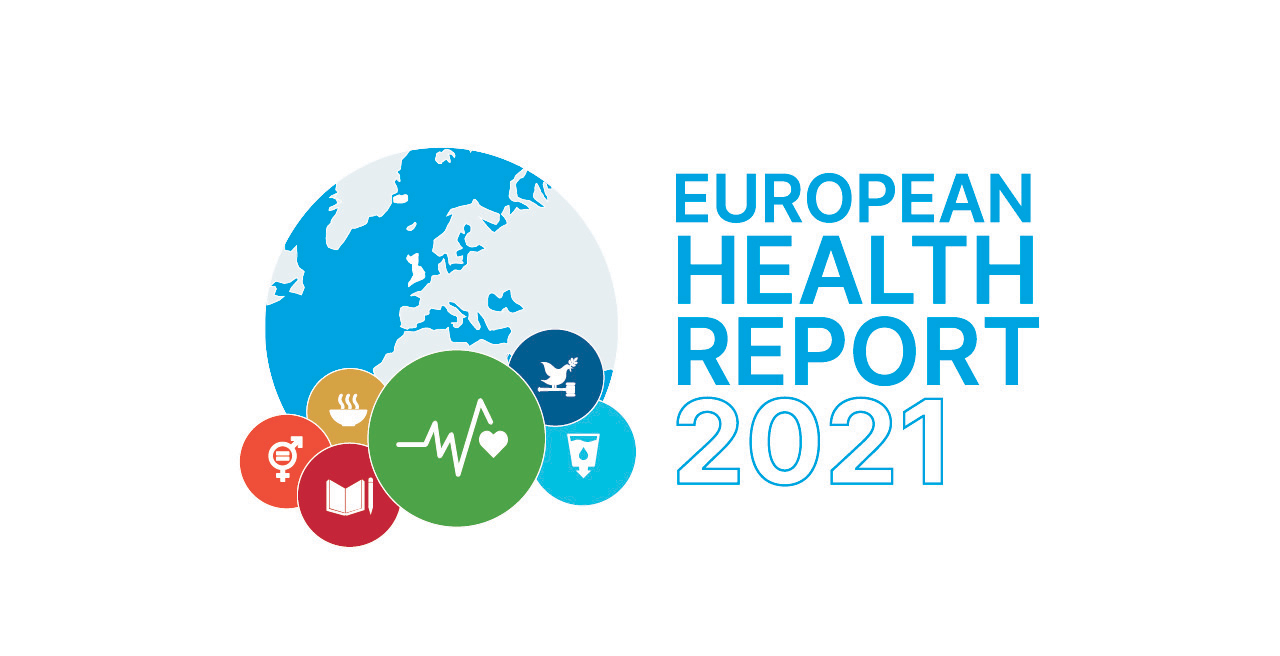A healthy lifestyle
To ensure a healthy lifestyle, WHO recommends eating lots of fruits and vegetables, reducing fat, sugar and salt intake and exercising. Based on height and weight, people can check their body mass index (BMI) to see if they are overweight. WHO provides a series of publications to promote and support healthy lifestyles.
12 steps to healthy eating
- Eat a nutritious diet based on a variety of foods originating mainly from plants, rather than animals.
- Eat bread, whole grains, pasta, rice or potatoes several times per day.
- Eat a variety of vegetables and fruits, preferably fresh and local, several times per day (at least 400g per day).
- Maintain body weight between the recommended limits (a BMI of 18.5–25) by taking moderate to vigorous levels of physical activity, preferably daily.
- Control fat intake (not more than 30% of daily energy) and replace most saturated fats with unsaturated fats.
- Replace fatty meat and meat products with beans, legumes, lentils, fish, poultry or lean meat.
- Use milk and dairy products (kefir, sour milk, yoghurt and cheese) that are low in both fat and salt.
- Select foods that are low in sugar, and eat free sugars sparingly, limiting the frequency of sugary drinks and sweets.
- Choose a low-salt diet. Total salt intake should not be more than one teaspoon (5g) per day, including the salt in bread and processed, cured and preserved foods. (Salt iodization should be universal where iodine deficiency is a problem)
- WHO does not set particular limits for alcohol consumption because the evidence shows that the ideal solution for health is not to drink at all, therefore less is better.
- Prepare food in a safe and hygienic way. Steam, bake, boil or microwave to help reduce the amount of added fat.
- Promote exclusive breastfeeding up to 6 months, and the introduction of safe and adequate complementary foods from the age of about 6 months. Promote the continuation of breastfeeding during the first 2 years of life.
Note. BMI is derived from a person’s weight in kilograms, divided by height (squared) in centimetres. The recommended levels are adapted from the global WHO recommendation of 18.5–24.9 as a normal BMI.
Body mass index - BMI
BMI, formerly called the Quetelet index, is a measure for indicating nutritional status in adults. It is defined as a person’s weight in kilograms divided by the square of the person’s height in metres (kg/m2). For example, an adult who weighs 70 kg and whose height is 1.75 m will have a BMI of 22.9.
70 (kg)/1.752 (m2) = 22.9 BMI
For adults over 20 years old, BMI falls into one of the following categories.
Table 1. Nutritional status
| BMI | Nutritional status |
|---|---|
Below 18.5 | Underweight |
18.5–24.9 | Normal weight |
25.0–29.9 | Pre-obesity |
30.0–34.9 | Obesity class I |
35.0–39.9 | Obesity class II |
Above 40 | Obesity class III |
The BMI ranges are based on the effect excessive body fat has on disease and death and are reasonably well related to adiposity. BMI was developed as a risk indicator of disease; as BMI increases, so does the risk for some diseases. Some common conditions related to overweight and obesity include: premature death, cardiovascular diseases, high blood pressure, osteoarthritis, some cancers and diabetes.
BMI is also recommended for use in children and adolescents. In children, BMI is calculated as for adults and then compared with z-scores or percentiles. During childhood and adolescence the ratio between weight and height varies with sex and age, so the cut-off values that determine the nutritional status of those aged 0–19 years are gender- and age-specific. The cut-off points of the 2006 BMI-for-age reference for children aged 0–5 years for the diagnosis of overweight and obesity were set as the 97th and the 99th percentile, respectively. For those aged 5–19 years, overweight is defined as a BMI-for-age value over +1 SD and obesity as a BMI-for-age value over +2 SD.
History
BMI is very easy to measure and calculate and is therefore the most commonly used tool to correlate risk of health problems with the weight at population level. It was developed by Adolphe Quetelet during the 19th century. During the 1970s and based especially on the data and report from the Seven Countries study, researchers noticed that BMI appeared to be a good proxy for adiposity and overweight related problems.
Like any other measure it is not perfect because it is only dependant on height and weight and it does not take into consideration different levels of adiposity based on age, physical activity levels and sex. For this reason it is expected that it overestimates adiposity in some cases and underestimates it in others.
Other measures, such as waist circumference (WC), can complement BMI estimates. Association between WC and health risks is not an easy task and should be done scientifically using proper techniques.
Benefits of regular physical activity
Regular physical activity – such as walking, cycling, or dancing – has significant benefits for health. For instance, it can reduce the risk of cardiovascular disease, diabetes and osteoporosis, help control weight, and promote mental well-being.
Taking part in physical activity increases opportunities for socialization, networking and cultural identity. Physical activity has a positive influence on the community and society by promoting social interaction and cohesion.
Especially among
children and young people, sports and other physical activities contribute to empowerment and self-confidence. Physical activity furthermore helps to prevent and control risk behaviour, such as the use of tobacco, alcohol and other substances,
unhealthy diet and violence.
The promotion of physical activity also has a positive impact on the environment. For instance, promoting walking and cycling over the use of motorized transport reduces traffic congestion, air and noise pollution
and the consumption of fossil fuels.
Regular physical activity may also benefit communities and economies through increased productivity in the workplace; lower worker absenteeism and turnover; and better performance in schools. In
many countries a significant proportion of health spending is due to the costs of managing common noncommunicable diseases that are associated with inadequate physical activity. Promoting physical activity can be a highly cost-effective and sustainable
public health intervention.
Active living benefits health at all ages. It is especially important to the healthy development of children and young people, and active ageing can make a dramatic difference to the well-being of older people.
Having the opportunity to enjoy quality recreation is vital to the health and personal development of all individuals, regardless of gender, functional ability, cultural background, age or socioeconomic status.
Benefits of a balanced diet
- Opting for a balanced, adequate and varied diet is an important step towards a happy and healthy lifestyle.
- Vitamins and minerals in the diet are vital to boost immunity and healthy development,
- A healthy diet can protect the human body against certain types of diseases, in particular noncommunicable diseases such as obesity, diabetes, cardiovascular diseases, some types of cancer and skeletal conditions.
- Healthy diets can also contribute to an adequate body weight.
- Healthy eating is a good opportunity to enrich life by experimenting with different foods from different cultures, origins and with different ways to prepare food.
- The benefits of eating a wide variety of foods are also emotional, as variety and colour are important ingredients of a balance diet.




